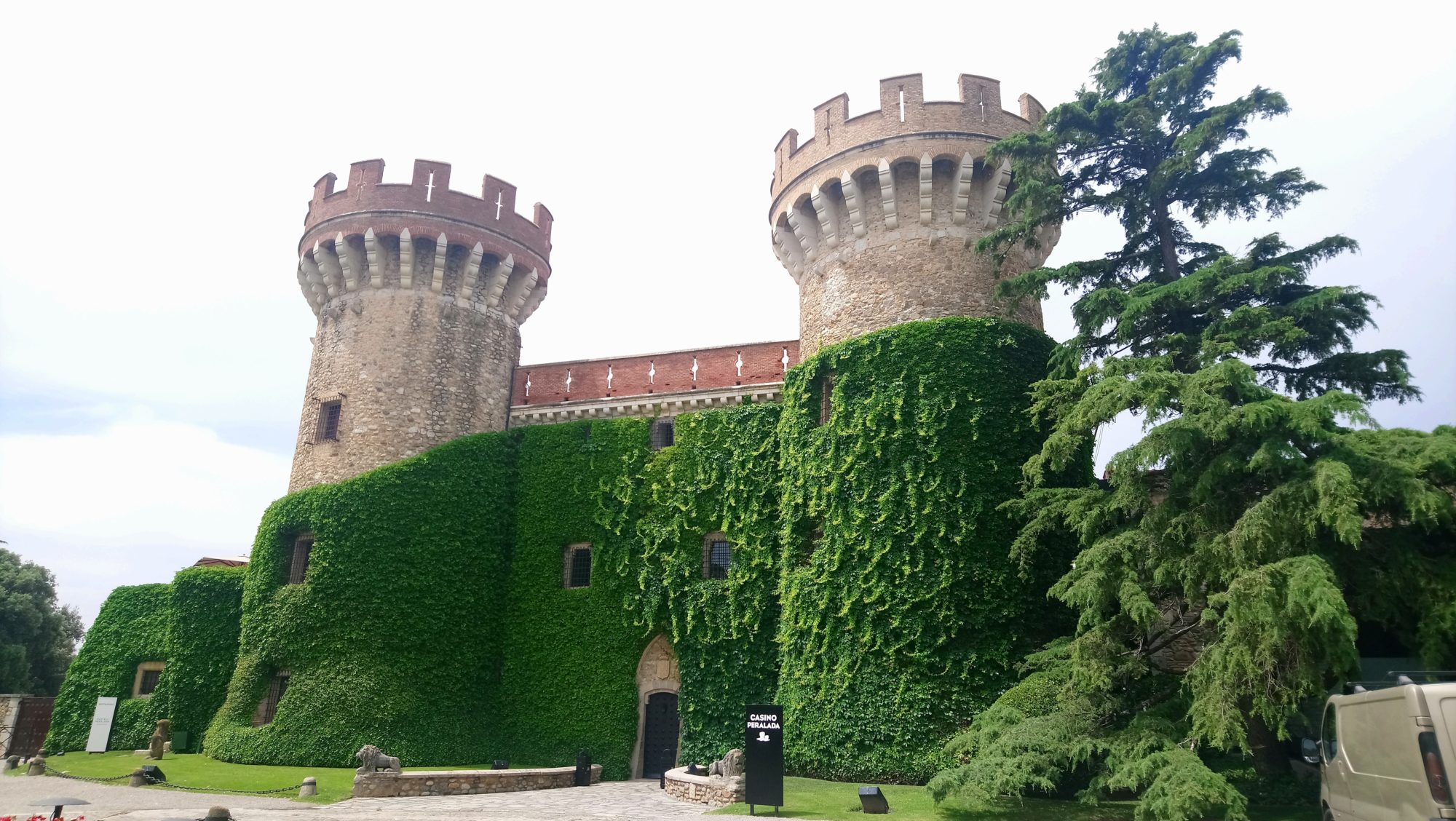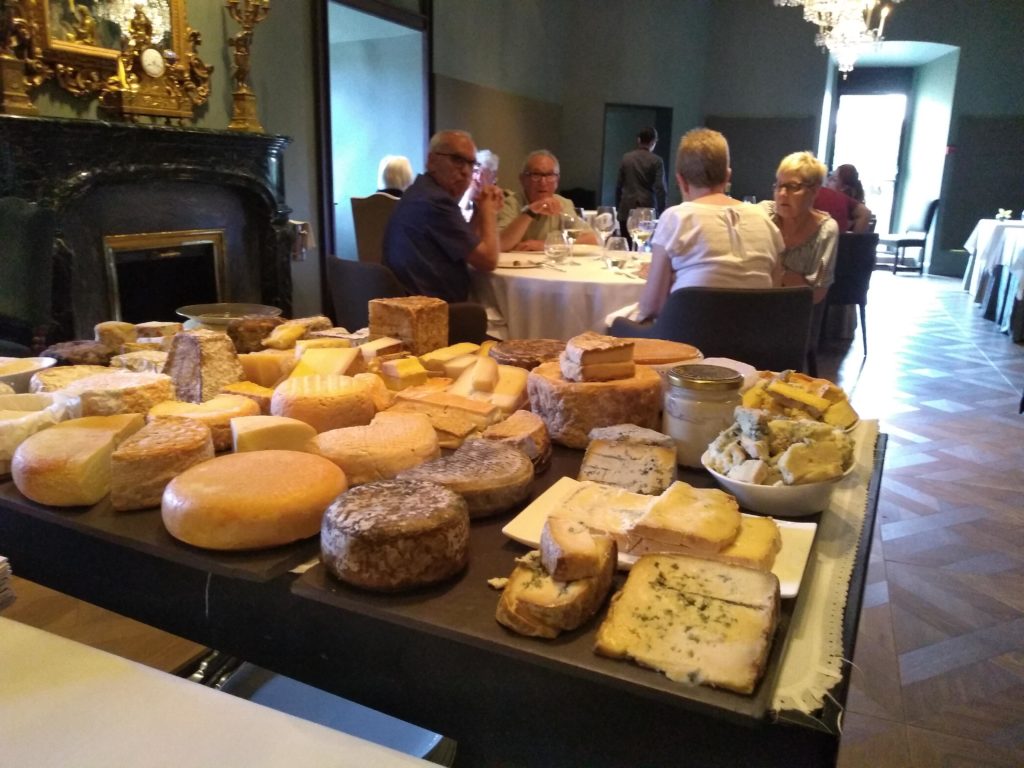A couple of weeks ago, Esme and I got the chance to explore our own backyard again and get to know the northern coast of Catalonia even better. Here’s what to do in the Costa Brava.
Just north of the sandy stretches of Barcelona’s saturated beaches lies the rugged and picturesque coastline of the Costa Brava. Here, the deep blue of the estelada independence flag seeps into the calm, lapping turquoise waters of wild coves. A world away from Barcelona’s alcohol-fuelled, weekend jet setters, drinking luminous green mojitos on Barceloneta beach, the Costa Brava offered us a relaxing getaway with history and culture in-tow. Rural villages inland offered pre-medieval castles and roman foundations, whilst we discovered how the Mediterranean-moulded coastline has inspired greats such as the surrealist Salvador Dalí.

Peralada is one such fascinating village, which boasts a pre-medieval castle laying on top of Roman foundations. Walking through orange grove stone-carved cloisters, we visited chapels with grand tapestries hanging below the rafters. Peralada Castle itself is a Holy Grail, hidden away in rural Costa Brava. Its welcoming facade features two stencil-cut turrets, which are dressed in rich green ivy, from toe to mid-rift.
As we passed through the castle’s door, we stepped over ceramic mosaics, made up of many tiny tiles and fragments. Another few steps and we found ourselves in a white-washed cavern-style room speckled with blue and white ceramic-ware. Here, glass cabinets shelved an eclectic mix of decanters, glasses, jugs, vases and more.

As-if one life-time’s collection was not enough, Peralada Castle also boasts an incredible library where every spine-width of space is filled from floor to ceiling. Among the backdrop of book spines, we found paintings of cherubs and photos of the castle’s countess, adding another depth to this oak-lined room.

Upstairs we took advantage of the option to polish-off our visit with a Michelin-Starred restaurant experience. Not so much a ‘Round Table’, we sat down at a long table, surrounded by tapestries and chandeliers. We started with a tasting menu which seemed to go on forever, featuring delights such as acorn-fed duck with citrus and pumpkin, green asparagus piped with egg mayonnaise and a jaw-gaping cheese cart of 50 local and international varieties. As each plate was strategically paired with wine, it took us a while to leave the table.

The next day, we took a stroll in the playground of Salvador Dali at Paratge de Tudela nature park near the town of Cadaqués. As the intense sun beat down on this somewhat unworldly landscape, it gave us another meaning to the melting objects in Dali’s works. Immense rock formations miniaturised wandering visitors who wanted to find out what inspired the great Catalan surrealist. A frequent retreat for the artist, it’s not hard to see why this area caught his imagination. Dark rocks were riddled with holes caused by the local Tramontana wind, which comes across from the altitudes of the Pyrenees mountains and meets the coastal breeze.

We gaped at mammoth rocks sitting atop other giant rocks, creating unordered Jenga-style sculptures, which we had seen in many of Dali’s paintings at the Dali Theatre Museum in Figueres. The museum based in Dali’s birth town displays a fascinating collection of works, including forward-thinking optical illusions and even gem-encrusted metalwork pieces. When we visited we had fun squinting at the paintings which revealed another image hiding beneath the surface.

Given the name which literally means ‘Brave Coast’ in Catalan, we began to better understand its meaning by peering beneath the water’s surface. Just off the coast of Calella de Palafrugell, a quintessential Costa Brava coastal town, we looked down into the dark depths and took out a snorkel. Just 25 metres from the shore, between the jutting rocks, we found many species of marine life. Afterwards, as we sat on the shore we gazed into the clear waters of Costa Brava distorting the large rounded pebbles.
We knew from previous visits to the Costa Brava that an ideal way of exploring is to rent a kayak, so we took the opportunity again. This way we were able to paddle into little coves, through natural caves and pull up at our favourite beaches, not accessible by road. Calm and clear waters meant that we were able to gently make our way around the coastline and avoid the sweaty and sometimes steep hikes down to the smaller coves.

Beautiful Costa Brava is a unique natural area which is near enough to Barcelona to be reached by car or bus by the inspired traveller, but secluded enough not to have every grain of sand taken up by tourists’ towels. Whereas Barcelona can attract tourists for a weekend of intoxication and sunburn pride, the Costa Brava offers a relaxed haven to take your time and appreciate culture and nature with close friends and family. We’ll definitely be back…
You can find out more about the Costa Brava region here.






